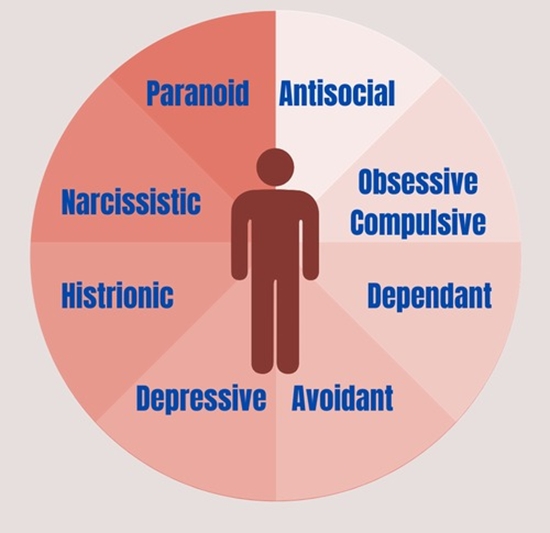Prevalence, sociodemographic correlates, and comorbidity of personality disorders in the general population of Iran

Personality disorders (PDs) are severe mental issues, while the information in the common population is not comprehensively identified worldwide. We aimed to study the prevalence of personality disorders, their sociodemographic correlates, and their comorbidity with psychiatric disorders in the general population of Iranian adults. We used the Millon Clinical Multiaxial Inventory-Third Edition (MCMI-III) in a survey of 48083 adults. We selected the samples through a multistage random cluster sampling method and used descriptive statistics and binary logistic regression analysis methods to analyze the gathered data. The overall prevalence of PDs in Iranian people was 18.3. Cluster C PDs (9.86%) were more common than Cluster B (5.52%) and Cluster A PDs (1.94%). Compulsive (7.4%), negativistic (3.7%), depressive (3.4%), histrionic (2.7%), and masochistic (2.1%) PDs were among the most prevalent. The prevalence of other PDs was low (⩽1.7%). PDs were more prevalent in the female gender and in urban areas. The prevalence of PDs decreased with increasing the educational level except for histrionic and narcissistic PDs that significantly increased. Dysthymia (47.4%), anxiety (34.7%), and somatoform (30.6%) were respectively the most common comorbid, and alcohol dependence (3.3%) was the least common comorbid psychiatric disorders with PDs. Dysthymia was also the most comorbid psychiatric disorder in each cluster PDs. Nearly one in five Iranian people was identified with a PD that is located at the high end of the range of international estimates for PDs.







ارسال نظر